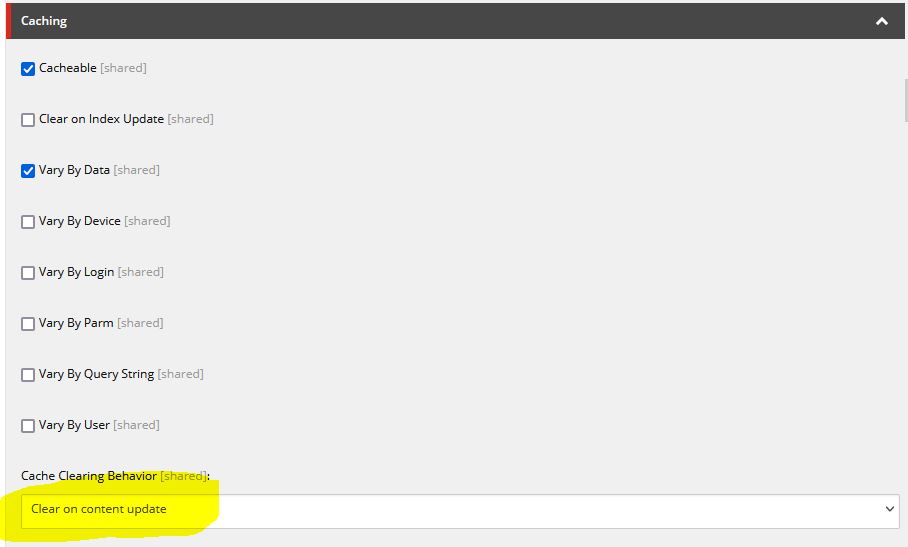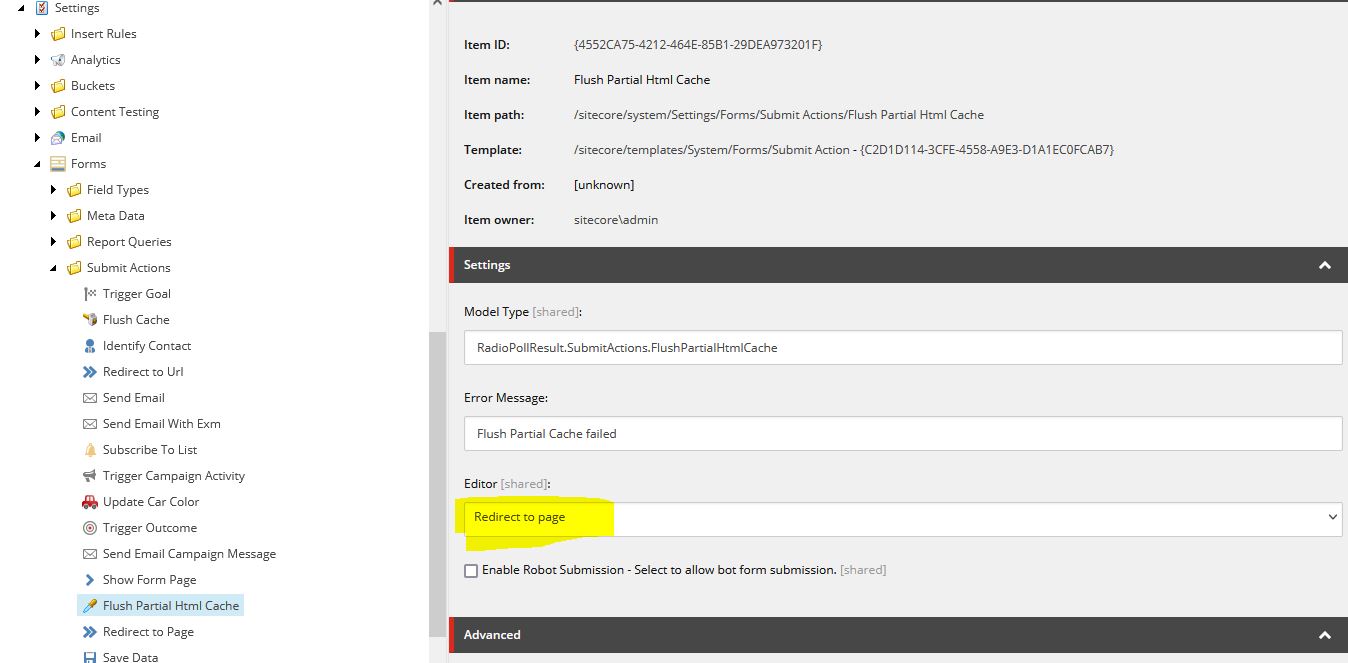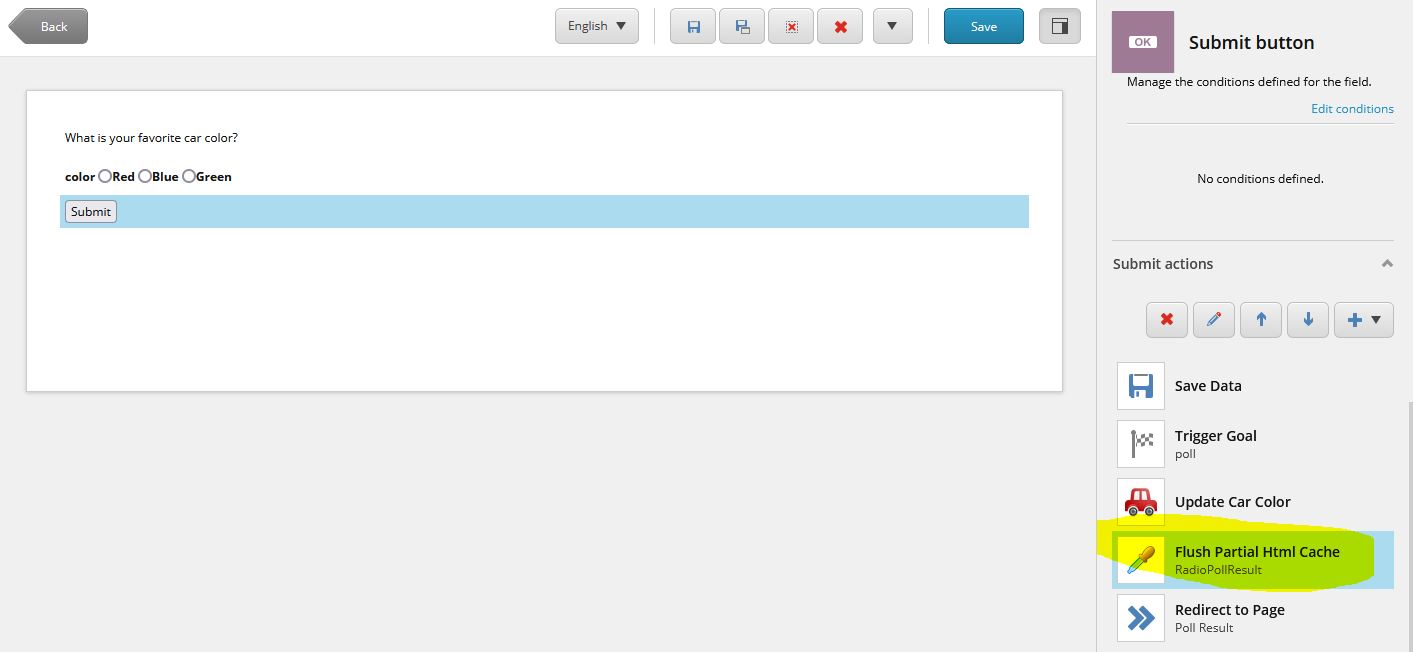- Home
- Tips & Tricks and news
- Sitecore articles and code samples
- From WordPress to Sitecore with SitecoreCommander
- SSO and Sitecore XM Cloud with OpenID Connect
- Content Migration Tip 3 Handling Illegal Characters in Sitecore Serialization
- Content Migration Tip 2 Handling Duplicates in Sitecore Serialization
- Content Migration Tip 1 Handling Clones in Sitecore Serialization
- Tip Unpublish a Language with the Sitecore API
- Sitecore content migration - Part 3 Converting content
- Sitecore content migration - Part 2: Media migration
- Managing Sitecore Item Security Rights with the API
- Find and Optimize Nodes with Over 100 Child Items in Sitecore
- Sitecore System Check PowerShell Report
- Sitecore content migration - Part 1: Media analysis
- Using the Sitecore APIs with Sitecore Commander
- Items as resources part 6 multiple files
- Jan Bluemink Sitecore MVP 2024
- Tip Detecting Sitecore XM Cloud in PowerShell
- Unpublish a language from a Sitecore website
- Media url in the content editor - Edge ready
- Sitecore Content Migrating with GraphQL
- Migrating Your Content
- Create a Package Containing Overridden Items
- Items as resources part 5 Gutter
- Items as resources part 4 compare
- SUGCON Europe 2023 recap
- Item as resources PowerShell warning
- Items as resources part 3 restoring
- Sitecore Webhook Customize JSON
- Jan Bluemink Sitecore MVP 2023
- Sitecore switch Solr indexes strategy on SearchStax
- Sitecore Symposium - laatste ontwikkelingen
- Orphan items and Sitecore Items as resources
- Items as resources part 2 reports
- Tip View html cache content
- Tip Sitecore General link picker 404 error
- Items as resources part 1 warnings
- SUGCON Europe 2022 recap
- From MVC to Sitecore Headless Rendering
- Jan Bluemink Sitecore Most Valuable Professional 2022
- Sitecore Launchpad external link
- The end of Sitecore fast query
- Tip Site specific error and 404 page
- Flush Partial HTML on Dictionary changes
- Sitecore content dependencies options for Partial Html Cache
- Custom Partial Html flush event
- Sitecore Partial HTML Cache
- Flush HTML cache on Sitecore Forms Submit
- Sitecore errors you can encounter
- A poll with Sitecore Forms
- Where is the sitecore_horizon_index
- Sitecore Forms virus upload validation
- Sitecore Forms create a poll
- Sitecore NuGet dependencies in Sitecore 10.1
- Sitecore Forms ML upload validation
- Upgrading to Sitecore 10.1
- Jan Bluemink Sitecore Most Valuable Professional 2021
- Symposium 2020 day 1 Developer recap
- Sitecore CLI login error
- Sitecore Content Editor Warning for large images
- Fix Sitecore 10 Docker installation
- Roles and rights changes in Sitecore 10
- Export and Import Sitecore Roles and Rights
- Advanced Image Field Experience Editor
- Azure DevOps Copy Sitecore Database
- Unable to connect to master or target server
- How many times is each rendering used for a specific website
- A potentially dangerous Request
- CSP headers and Content Hub
- Jan Bluemink Wins Sitecore Most Valuable Professional Award
- Sitecore 9.3 Forms process sensitive files
- Sitecore 9.3 Forms Upload export
- How to add a Sitecore admin programmatically
- DAM connector for Sitecore
- Betty Blocks and Sitecore
- Sitecore Cortex Demo Code in 12 minutes
- Scaling Sitecore JSS images
- Caveats with JSS GraphQL endpoint
- Content tagging JSS GraphQL
- Prevent use of PNG media
- JSS Customizing output
- JSS Integrated GraphQL Queries
- JSS Integrated GraphQL Upgrade
- JSS FormatException: DebugOnly
- New user rights in Sitecore 9.1
- Smartling Translation plugin
- JSS Integrated GraphQL
- Forms Serverless Upload
- Language Warning version 9
- Sitecore Forms Extension Pack
- VSTS and Sitecore
- Roles in Sitecore 9
- Sitecore Azure ARM
- Headless Sitecore
- Sitecore Development 2017
- Azure Cognitive Services
- DocumentDB for sessions
- Databases diskspace tips
- Edit Aliases
- Language Warning
- WFFM and secure Fields
- SUGCON 2016
- Sitecore Tips and Tricks 2016
- SEO Processor
- Custom Cache
- What rights are custom
- Replace Content
- Bulk Create Sitecore Users
- Content editor language
- Roles in Sitecore 8
- Wrong language warning
- Change LinkManager config
- Development and deployment
- Language fallback
- SEO XML Sitemap
- Single line Text with HTML
- Sitecore and the error page
- Sitecore Tips and Tricks
- The Experience Editor
- Upgrade and modules
- User friendly developing
- Dialoge box in een Command
- Editen in de juiste taal
- Sitecore en de error page
- Locked items
- About
- Contact

Created: 27 Aug 2021, last update: 30 Jan 2022
Flush HTML cache on Sitecore Forms Submit
When you use Sitecore Forms data in a Rendering like I explained in Sitecore Forms create a poll Then you should also think about caching to increase the scalability. The most convenient is of course to use Sitecore's out of the box html caching. Then it can be useful to trigger a flush cache after a form submit. This can be done by building a FlushCache Submit Action like this:
using Sitecore.Abstractions;
using Sitecore.DependencyInjection;
using Microsoft.Extensions.DependencyInjection;
using Sitecore.Diagnostics;
using Sitecore.Eventing;
using Sitecore.Eventing.Remote;
using Sitecore.ExperienceForms.Models;
using Sitecore.ExperienceForms.Processing;
using Sitecore.ExperienceForms.Processing.Actions;
using Sitecore.Publishing;
using System;
using Sitecore.Caching;
namespace RadioPollResult.SubmitActions
{
public class FlushCache : SubmitActionBase
{
private IEventQueue defaultQueue;
public FlushCache(ISubmitActionData submitActionData) : base(submitActionData)
{
this.defaultQueue = (IEventQueue)ServiceLocator.ServiceProvider.GetService();
}
protected override bool TryParse(string value, out string target)
{
target = string.Empty;
return true;
}
protected override bool Execute(string data, FormSubmitContext formSubmitContext)
{
Assert.ArgumentNotNull(data, nameof(data));
Assert.ArgumentNotNull(formSubmitContext, nameof(formSubmitContext));
//clear Html cache (only current site, if used on other sites, adjust this)
CacheManager.GetHtmlCache(Sitecore.Context.Site).Clear();
//raise a (fake) publish end remote event, to clear cache other servers..
PublishOptions publishoption = new PublishOptions(Sitecore.Context.Database, Sitecore.Context.Database, PublishMode.SingleItem, Sitecore.Context.Language, DateTime.Now);
var publisher = new Publisher(publishoption);
defaultQueue.QueueEvent(new PublishEndRemoteEvent(publisher));
return true;
}
}
}
This is raising a publish:end event and a publish:end:remote event for the possible other servers. This will flush the HTML cache of all websites that have this enabled. And trigger also everything else in the publish:end pipeline.
But why clear all cache if we only need to clear a few renderings of a single website. So use the Sitecore 10.1 Flush Partial Html Cache using the Clear On Content Update option. First enable the PartialHtmlCacheClear of your website, by default it is off.
<?xml version="1.0" encoding="utf-8" ?>
<configuration xmlns:patch="http://www.sitecore.net/xmlconfig/">
<sitecore>
<sites>
<site name="website">
<patch:attribute name="enablePartialHtmlCacheClear">true</patch:attribute>
</site>
</sites>
</sitecore>
</configuration>
And configure the rendering you want to flush.
You still need to Trigger this flush on a Form Sumit therefore you can trigger the item:saved and item:saved:remote this do still more than only flushing your rendering, but it is the easiest way, later in a next blog I explain how to do it nicer with a own event.
Specify the content Item the rendering use in the Form Save action. The nicest way is to do this with a Submit Action Editor, this is a lot of work for now we just use the “Redirect to page” editor Sitecore used for the “Redirect to Page” Submit Action it has the same functionality we need but it is textual not quite right. If you want, you can make a copy and modify it. See core database: /sitecore/client/Applications/FormsBuilder/Components/Layouts/Actions/ and for the related .js file see in the webroot \sitecore\shell\client\Applications\FormsBuilder\Layouts\Actions\
The Code for the Save action:
using Sitecore.Abstractions;
using Sitecore.DependencyInjection;
using Microsoft.Extensions.DependencyInjection;
using Sitecore.Diagnostics;
using Sitecore.Eventing;
using Sitecore.ExperienceForms.Models;
using Sitecore.ExperienceForms.Processing;
using Sitecore.ExperienceForms.Processing.Actions;
using System;
using Sitecore.Data.Items;
using Sitecore.Data;
using Sitecore;
using Sitecore.Data.Eventing.Remote;
namespace RadioPollResult.SubmitActions
{
public class FlushPartialHtmlCache : SubmitActionBase
{
private IEventQueue defaultQueue;
public FlushPartialHtmlCache(ISubmitActionData submitActionData) : base(submitActionData)
{
this.defaultQueue = (IEventQueue)ServiceLocator.ServiceProvider.GetService();
}
protected override bool Execute(FlushPartialHtmlCacheData data, FormSubmitContext formSubmitContext)
{
Assert.ArgumentNotNull(data, nameof(data));
Assert.ArgumentNotNull(formSubmitContext, nameof(formSubmitContext));
if (data.ReferenceId == null || data.ReferenceId == Guid.Empty)
{
return false;
}
Sitecore.Data.Items.Item obj = Context.Database.GetItem(new ID(data.ReferenceId.Value));
ItemChanges changes = new ItemChanges(obj);
//optional do dummy change
//Sitecore.Data.Fields.Field dummychange = obj.Fields[0];
//changes.SetFieldValue(dummychange, dummychange.Value);
Sitecore.Events.Event.RaiseEvent("item:saved", (object)obj, (object)changes);
//raise a (fake) item saved remote event, to clear cache other servers.
defaultQueue.QueueEvent(new SavedItemRemoteEvent(obj, changes), true, false);
return true;
}
}
}
using System;
namespace RadioPollResult.SubmitActions
{
public class FlushPartialHtmlCacheData
{
public Guid? ReferenceId { get; set; }
}
}
Note the model must match the values used in the Submit Action Editor,
See code on GitHub.




